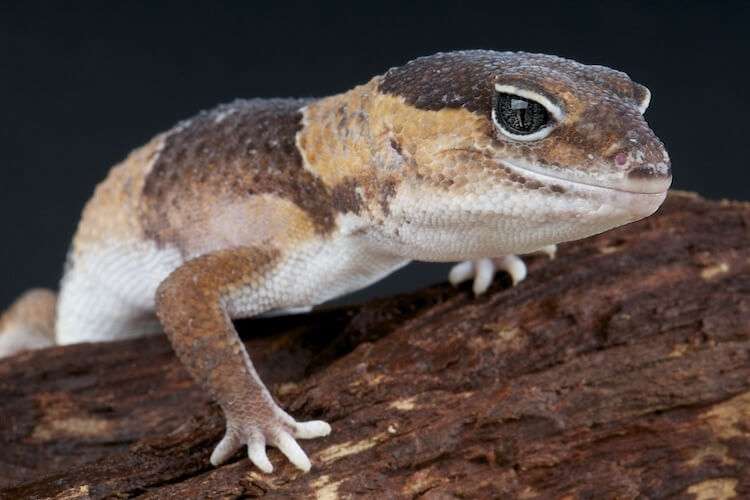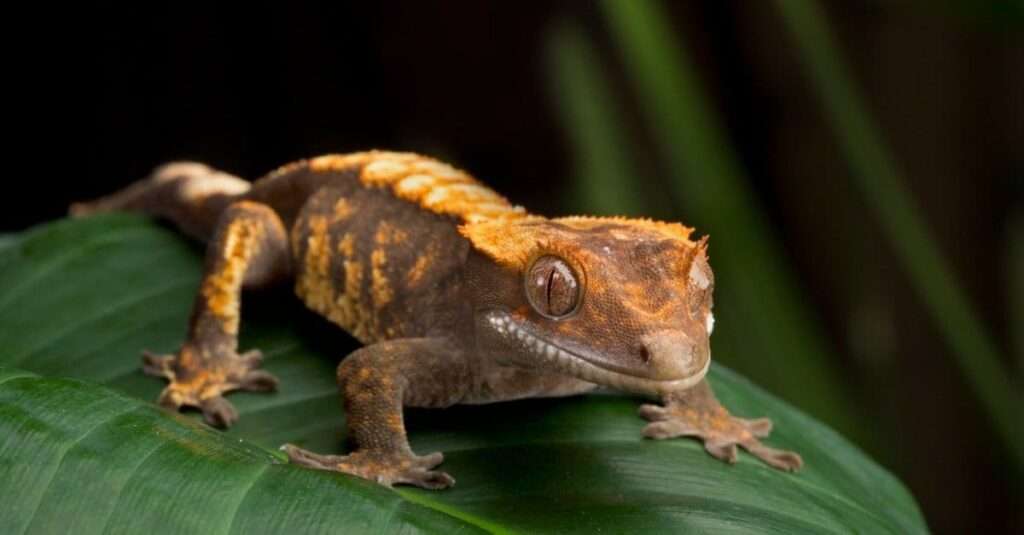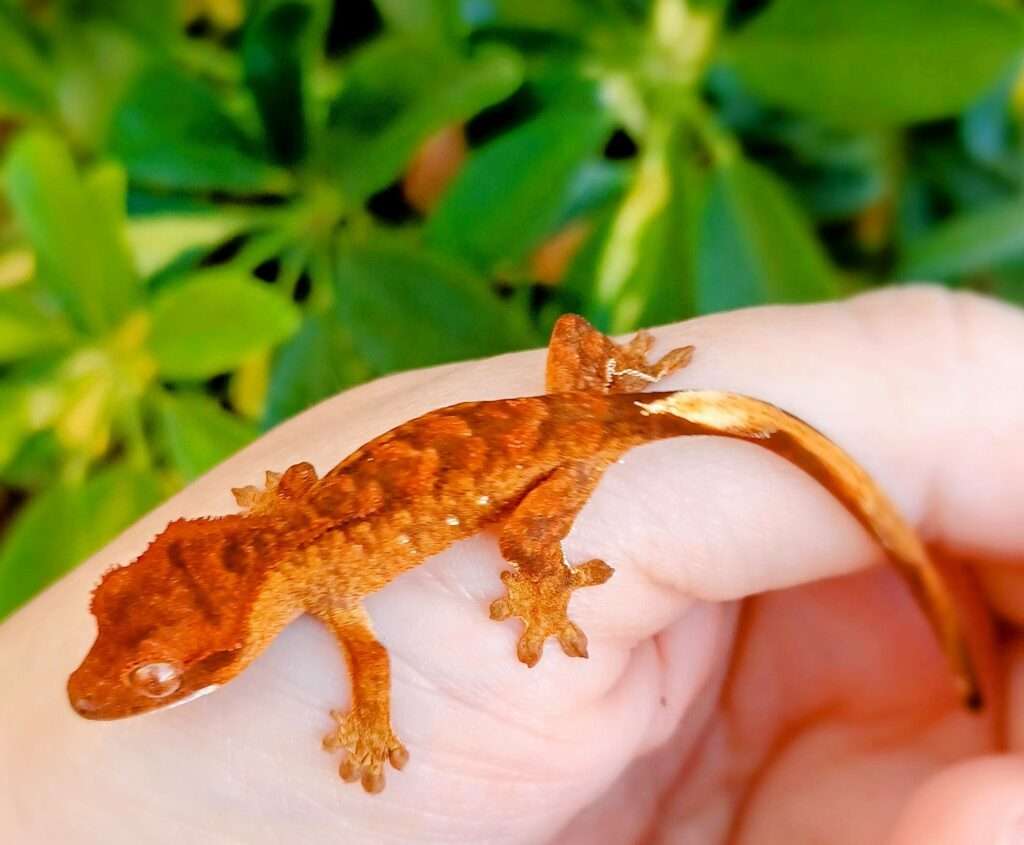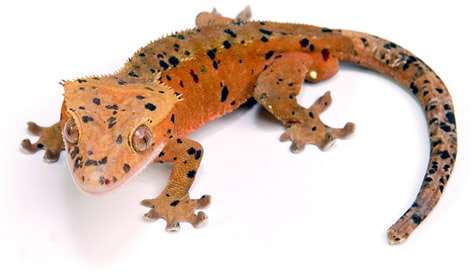
Description:
Scientific name: Hemitheconyx caudicinctus
Life span: 15-20 years
They are terrestrial, have vertical pupils, adjustable eyelids, and lack adhesive lamellae. The average length of an African fat-tailed gecko is 7-8 inches, with females being somewhat shorter than males. Brown and tan/beige stripes are the typical coloring, with a possible faint white stripe running the length of the back. The underside is off-white or pale pink.
Native Region/Habitat
A small portion of the African fat-tailed gecko’s range extends into Central Africa from West Africa’s Senegal to Nigeria (northern Cameroon). These geckos inhabit a variety of habitats, including wet and dry savannah and the dry Sahel. Most of the time, African fat-tailed geckos hide out in a dim, moist area like a termite mound.
Behavior:
When threatened or attacked, the African fat-tailed gecko has the capacity to lose its tail. If the tail is lost, the replacement tail will resemble the head in shape and be more rounded. It might not match the gecko’s body pattern and colors. Also, they store their fat in the tail, which is a crucial energy reserve. An African fat-tailed gecko can survive for days on end without food because to its tail.
According to reports, African fat-tailed geckos only come out at night to hunt. During the day, they hide from their often hot and arid habitat. They will withdraw to tunnels or hide under rocks or fallen logs, and have been discovered throughout the day hiding under a variety of shelter.
Care As a pet/In captivity:

Housing: African fat-tailed geckos don’t need much room. A 10 or 20 gallon aquarium with a mesh or screen top may accommodate one or two geckos without any problems. This kind of enclosure enables simple cleaning, secure mounting of heat lamps on the lid, and protection from other pets and kids who might harm the geckos. Whether it’s a rock cave or a half log to sleep in the tank, make sure to supply different hides, both a dry hide and a humid hiding.
Heating and Temperature: Its enclosure’s temperature needs to be regularly maintained and should have a hot side of 90–95°F and a cool side of 80°F. Your pet may adjust its body temperature by switching between the two sides thanks to this. The necessary high temperatures will be reached using basking lights and heaters under the tanks.
Between 50 and 70% humidity is required for these lizards. You can maintain their tank humid by using the proper substrate, providing a water bowl, and spraying the tank every day. In order to supply moisture, some owners also keep plants in the enclosure.
By putting sphagnum moss underneath a bamboo hollow to keep it damp, you can create damp hiding spots.
Feeding: African Fat-Tailed Geckos should be fed mealworms and other kinds of larval insects when kept in captivity. Kids will also need extra supplements, including vitamin D3, to aid in their surroundings adjustment.
Owners can provide their feeder insects these nutrients by “gut loading” them or “dusting” them with calcium or other vitamins.
Table





